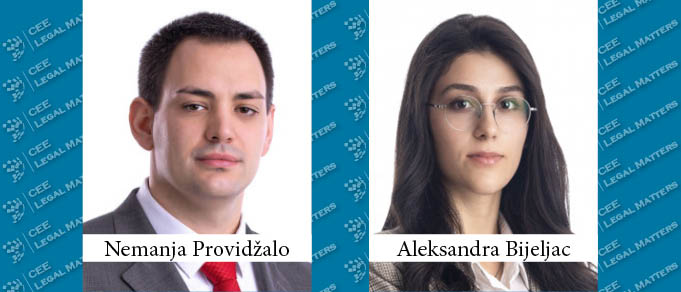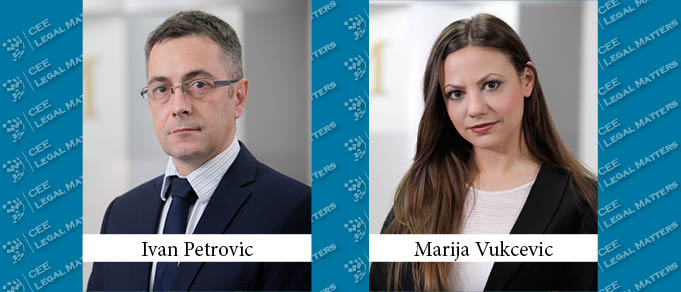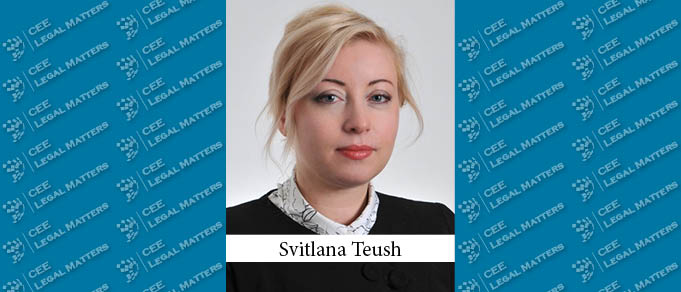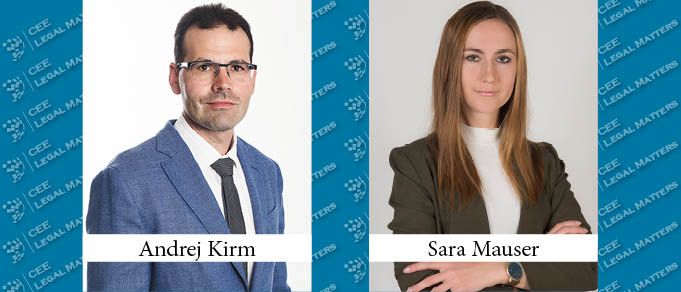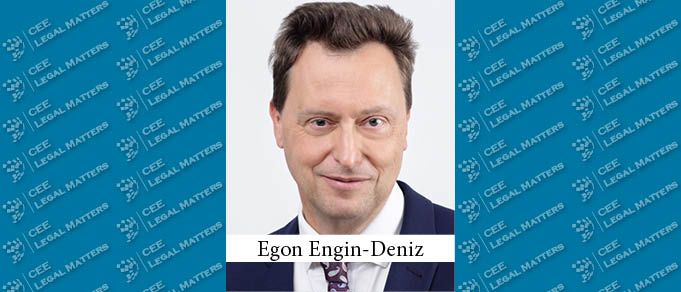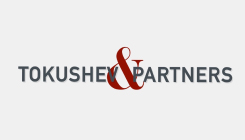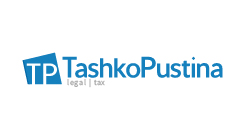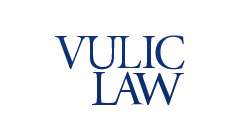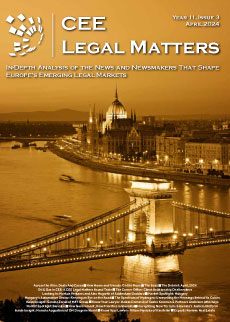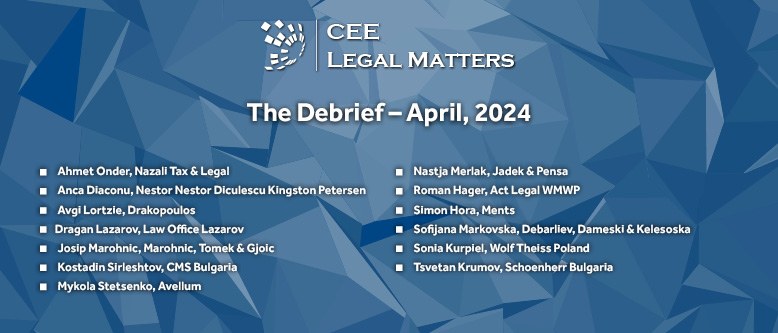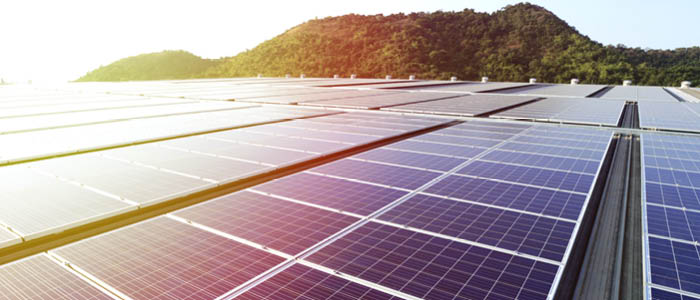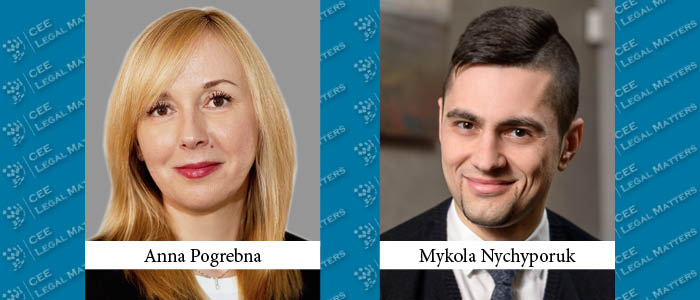Not so long ago (12 years!) Serbia adopted the amendments to the Agricultural Land Act which was supposed to allow the use of agricultural land for non-agricultural purposes, mainly to support the growing renewable energy sector. Of course, this was conditioned with adopting an adequate Regulation by the Serbian Government, which everyone waited for since 2009. Finally, patience paid off and in July 2021, the Serbian Government adopted the Regulation on the conditions, manner and procedure for giving state-owned agricultural land for use for non-agricultural purposes (hereinafter: “Regulation”).
Public Bidding For Lease/Use of State-Owned Agricultural Land Exclusively Via Web Application
The Ministry of Agriculture, Forestry, and Water Management of the Republic of Serbia introduced the newest amendments of the Rulebook on Conditions and Procedure for Public Bidding for Lease/Use of State Owned Agricultural Land, which came into force on 24 June 2021.
Agricultural Land Market is Opening up in Ukraine
For several decades, it was prohibited in Ukraine to alienate, or change the designated use of, certain types of the privately owned agricultural land plots used for the farming and commercial agricultural production, which impaired the rights of private landowners and affected the efficiency, liquidity and transparency of the market.
Ukraine: Success or Disappointment – What Will the Opening of Ukraine’s Agricultural Land Market Bring
For nearly 20 years, private land owners, agricultural producers, and investors have been waiting for Ukraine’s government to cancel the moratorium on the sale of agricultural land in the country.
Why Should One Invest in Estonian Agriculture?
Estonia is probably best known for its IT businesses and startups. At the same time its population density is among the lowest in Europe, which means that forestry and agriculture are also topics to look into. Due to the country’s geographical location and climate, Estonia is well-suited for dairy farming, and the Estonian islands and seaside regions are also very good for beef cattle farming. Agricultural subsidies provided by the European Union and the Estonian government have resulted in some of the most modern dairy production facilities in the world, making the Estonian average cattle herd size the second-highest in Europe. As a result of state-of-the-art genetics, the average milk production per cow is over 9,300 kilos per annum – the second highest result in Europe, right after Denmark. As a consequence, foreign investors have turned to Estonia for investment possibilities. Here we would like to look more into the possibilities of investing in Estonian agriculture and what to bear in mind.
Anticipated Changes in the Regulation of Slovenian Agricultural Land
Structural changes are being proposed to Slovenia’s agricultural land policy to incentivize young farmers to purchase and lease agricultural land and increase food self-sufficiency. Many companies strongly oppose some of these proposals.
Regulated Industries and Non-Exhaustion of IP Rights in the Course of Parallel Trade
In a recent case involving parallel-imported agrochemical products, the District Court of The Hague ruled that non-compliance with the requirements laid down by the European Court of Justice (CJEU) for parallel import of relabelled products displaying the original right-holder’s trademark constitutes trademark infringement, particularly if the right-holder is not properly notified of the parallel import and is not offered a sample of the relabelled product on request. This decision shows that the requirements for parallel import are applied strictly by the courts and have a broad scope (not limited to pharmaceutical products), allowing the mark-holder to exercise control over the resale, re-labelling, and re-packaging of its original products within the EU.

